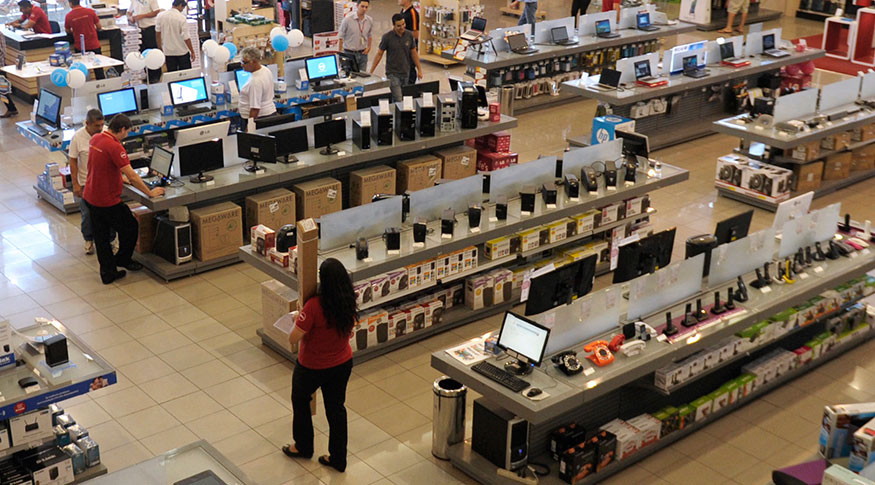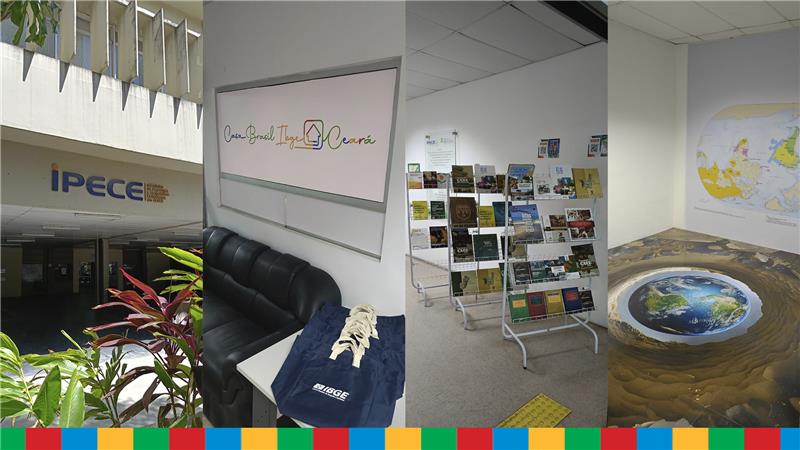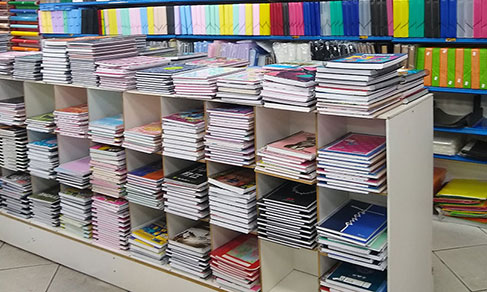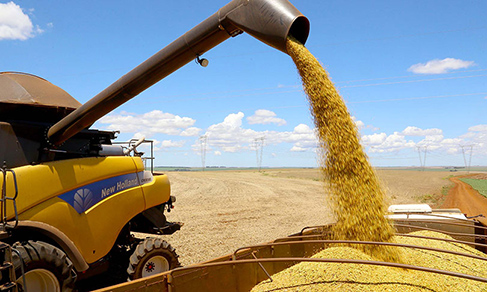Monthly Survey of Trade
Trade sales change by -0.1% in June, third consecutive negative result
August 13, 2025 09h00 AM | Last Updated: August 14, 2025 11h56 PM

Retail trade sales in Brazil decreased by -0.1% from May to June, and the index remained stable range for the third consecutive month, after recording -0.4% in May and -0.3% in April. As a result, the moving average was -0.3% in the quarter ended June. Cumulative sales for the first half of the year closed at 1.8%, and, in the last 12 months, the increase was 2.7%. From June 2024, there was a 0.3% increase in sales volume. In extended retail trade, which includes vehicles, motorcycles, parts and pieces, construction material, and wholesale of food, beverages, and tobacco products, sales volume fell 2.5% in June, and the first semester closed at 0.5%. The data are from the Monthly Survey of Trade (PMC), released today (13) by the IBGE.
Cristiano Santos, manager of the survey, points out that this is a stable trend with a downward bias, as the three results combined represent a difference of -0.8% against the result of March, when the latest occurred. "However, March marked the end of a period that led to a record high in the times series for the Fixed Base Index. Therefore, one of the factors accounting for this decline over the last three months is the high comparison basis. Other influential factors are the credit retreat and the resilience of inflation in the first half of the year, of key items such as food at home," he explains.
There were negative changes in sales volume in five of the eight retail activities surveyed: Office, computer and communication material and equipment (-2.7%), Books, newspapers, magazines, and stationery (-1.5%), Furniture and household appliances (-1.2%), Pharmaceuticals, medical and orthopedic articles and toiletries (-0.9%), and Hypermarkets, supermarkets, food products, beverages, and tobacco (-0.5%).
Cristiano explains that the latter exerted the greatest influence on the result, as it works "as an anchor factor, preventing the overall indicator from a worse performance, given the predominance of negative rates across the sector."
Office, computer and communication material and equipment recorded drops after increases in two of the last four months (March and May). Cristiano explains that this activity has shown volatility in its marginal series, alternating months of growth with those of sharp drops. “This movement has been observed since November 2024 and is explained by the constant fluctuations of the dollar, as some products offered by companies in this sector are sensitive to exchange rate fluctuations; that causes companies to combine strategies for the increase of inventory during times of real appreciation with subsequent promotion waves.”
On the other hand, the positive results between May and June 2025 were due to Other personal and household articles (1.0%), Fabric, wearing apparel, and footwear (0.5%), and Fuels and lubricants (0.3%).
As for extended trade, Vehicles and motorcycles, parts, and pieces fell (-1.8%), as did Construction material (-2.6%) between May and June 2025. Cristiano explains that the former sector also shows high volatility. "This scenario is related to the availability of credit for vehicle purchases, which, despite base interest rate at high levels, continued to expand throughout the first semester of 2025." the manager emphasized.
Four retail activities grew from June last year
Against June 2024, the volume of retail trade sales grew 0.3%, with increases in four of the eight sectors surveyed: Fabric, wearing apparel, and footwear (6.4%), Other personal and household articles (2.0%), Pharmaceuticals, medical and orthopedic articles and toiletries (1.9%), and Office, computer, and communication equipment and material (0.6%). The declines were due to Furniture and household appliances (-0.4%), Hypermarkets, supermarkets, food products, beverages, and tobacco (-0.5%), Books, newspapers, magazines, and stationery (-1.2%), and Fuels and lubricants (-1.3%).
In extended retail, three additional activities reduced sales volume: Construction materials (-3.6%), Vehicles and motorcycles, parts and pieces (-6.7%), and Wholesale of food products, beverages, and tobacco (-11.0%). Cristiano mentions different reasons for the drops in each sector. "For vehicles, it represents a high basis, as previously mentioned, as a result of significant increase in the first quarter of 2024. In addition to the higher basis, also observed in construction materials, there is also a reduction in the pace of small-scale construction, also seen year-over-year. Meanwhile, wholesale of food products, beverages, and tobacco is related to the constant drop in sales volume and in the flow of grain production at CEASA branches throughout 2025," Cristiano Santos explained.
More about the survey
PMC produces indicators to monitor the short-term behavior of retail trade in Brazil, investigating the gross revenue of formal enterprises with 20 or more employed persons and whose major activity is retail trade.
Having started in 1995, the PMC brings monthly results of changes in sales volume and nominal revenue for retail trade and extended retail trade (cars and construction material) for Brazil and Federation Units. Results can be accessed on Sidra. The next PMC release, with the results for July 2025, will be on September 11.




















